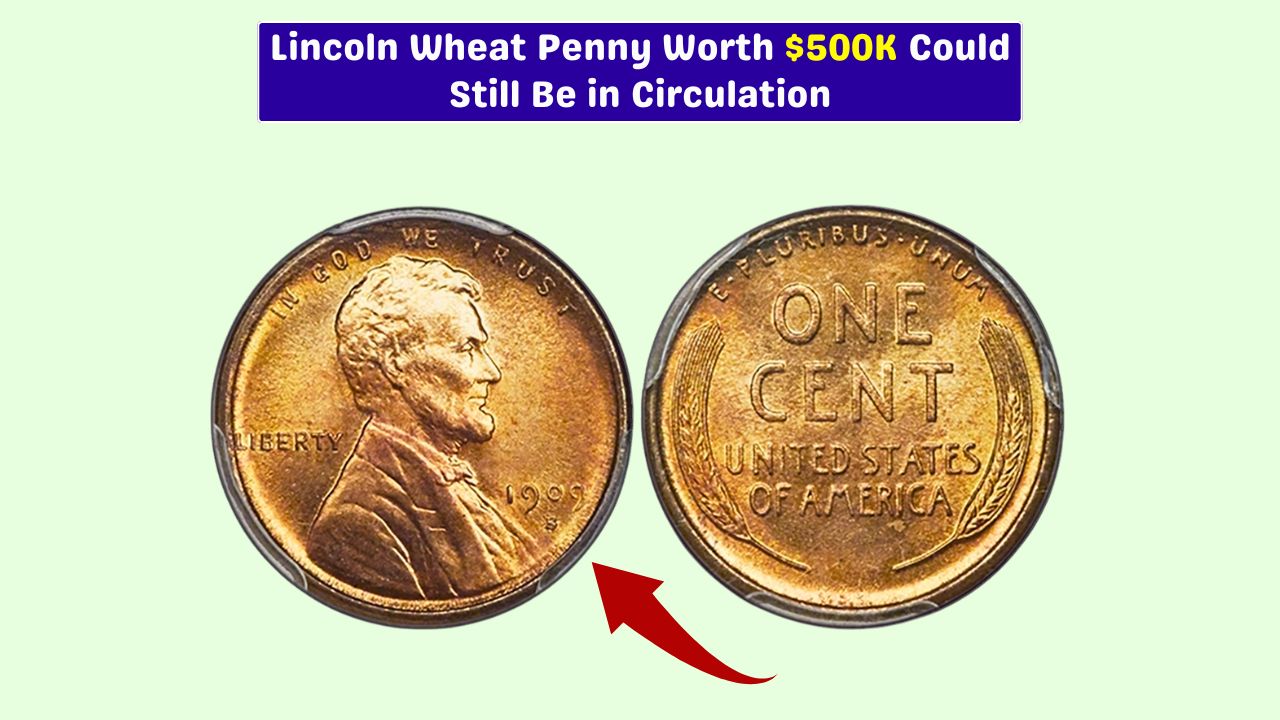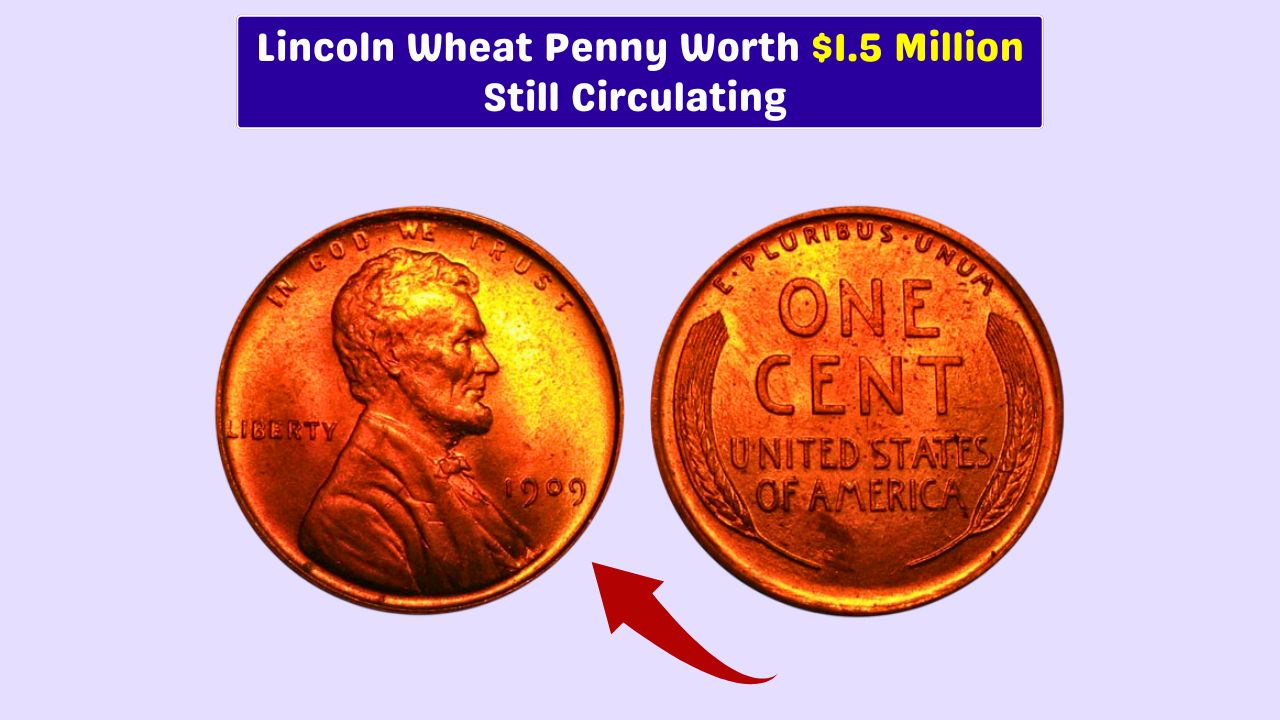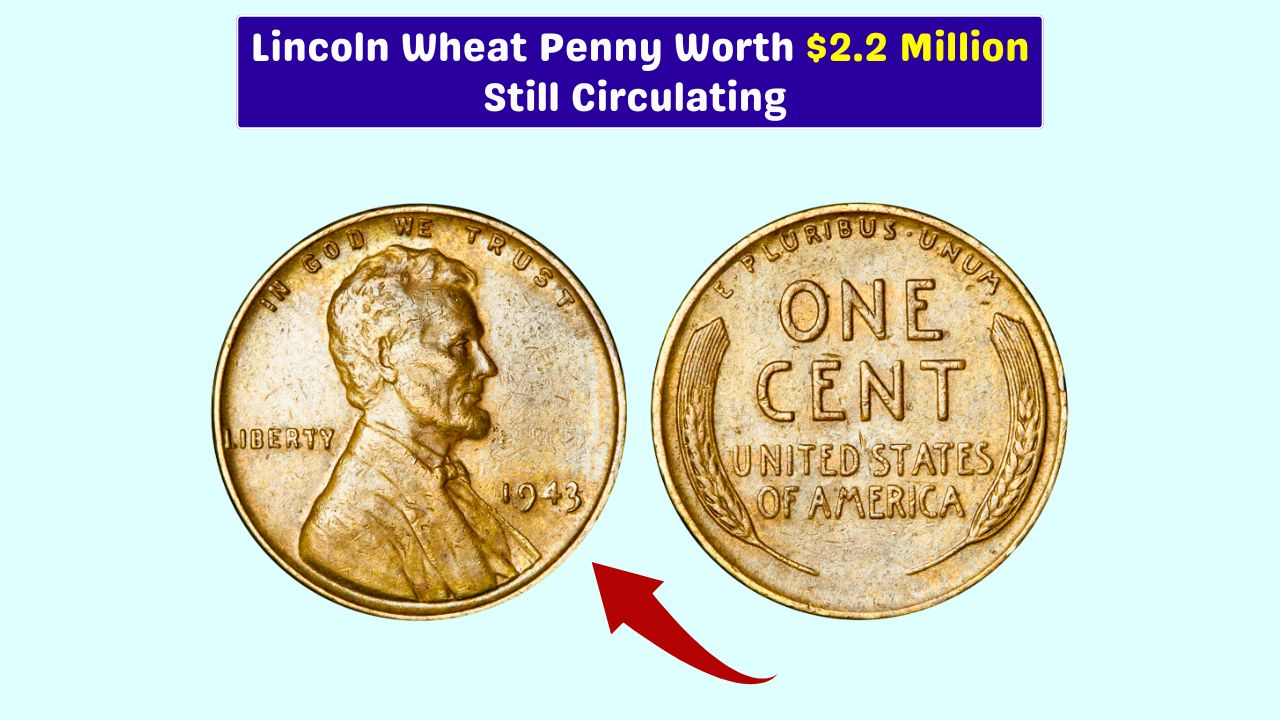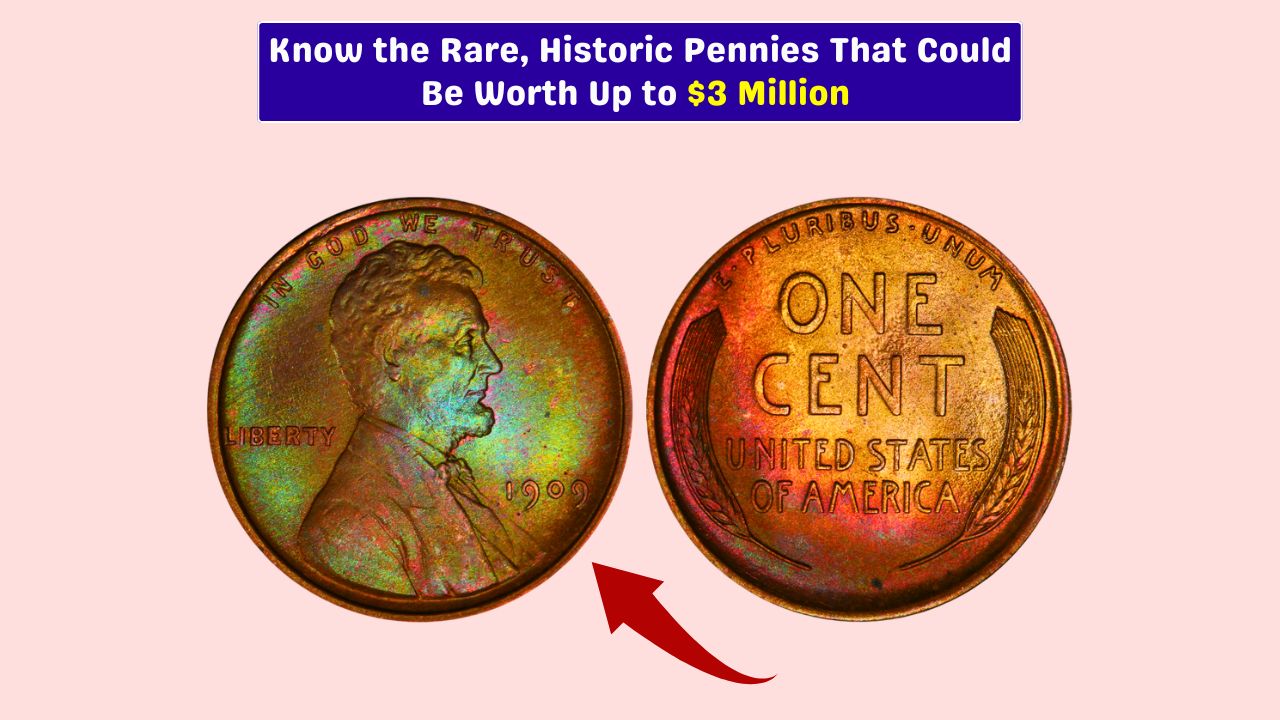Imagine reaching into your pocket and pulling out a coin that could wipe out your student loans, cover a shiny new ride, or even put a big dent in a house down payment. Sounds like something out of a dream — but for a handful of lucky folks, it’s very real.
All because of an incredibly rare Lincoln Wheat Penny. This tiny copper relic might still be out there, quietly hiding in change jars or old desk drawers, just waiting for someone to notice.
Here’s what makes this little coin so special, how to recognize one, and where it might just turn up.
History
The Lincoln Wheat Penny was first minted in 1909, designed by Victor D. Brenner. It stayed in circulation until 1958 and marked a big moment in U.S. currency — it was the first coin to feature a real historical figure: President Abraham Lincoln. On the back, two wheat stalks framed the words “One Cent,” which gave it the nickname.
Most of these coins aren’t worth more than a few cents over face value. But every now and then, one slips through with a rare mint error or unusual detail — and that’s where things get interesting. One of those rare finds has gone for more than $500,000.
Error
Back in 1943, wartime demands shifted the way pennies were made. Copper was needed for essential military materials like wiring and shell casings, so the U.S. Mint switched things up and began making pennies out of zinc-coated steel. They looked silvery and felt a bit lighter than usual.
But somehow, a few copper blanks from the previous year got left behind and ended up being used by mistake. Those planchets were struck with the 1943 design, creating a few rare bronze pennies — some of the rarest ever minted in the U.S.
Less than 20 of these are believed to exist. One has already brought in over half a million at auction. And many collectors still think a few more are hiding out there, tucked into forgotten collections or bank rolls.
Value
These 1943 bronze Lincoln Wheat Pennies can fetch anywhere between $100,000 and $500,000, depending on the coin’s condition, mint mark, and whether it’s been authenticated.
The highest prices usually go to coins that are in excellent shape and have been verified by experts at PCGS or NGC.
Here’s a quick look at what affects their value:
| Feature | Impact on Value |
|---|---|
| 1943 date + bronze | Extremely valuable |
| No mint mark (Philadelphia) | High demand |
| “D” or “S” mint marks | Even rarer and pricier |
| Excellent condition | Boosts price big time |
Clues
If you’re sorting through old coins or poking around in change, here’s what to watch for.
Start with the date — it’s gotta say 1943. Then take a look at the color. Most 1943 pennies are steel and look silvery. A bronze one will have that warm, brownish copper tone.
Next, grab a magnet. Steel pennies stick. Bronze ones don’t. It’s a simple check that can rule out most fakes.
If you’ve got a precision scale handy, weigh the coin. Bronze versions clock in at about 3.11 grams, while steel ones are a bit lighter — roughly 2.7 grams.
If your coin matches up? Don’t rush to sell it. Reach out to a trusted coin expert or grader first. Getting it properly authenticated can be the difference between a letdown and a life-changing payday.
Mystery
Here’s the wild part: some of these pennies are still out there. They show up now and then — maybe in a bank roll, an old piggy bank, or slipped into pocket change at the corner store. The problem? Most folks don’t realize what they’ve got. A copper penny blends in pretty easily.
Collectors will tell you the same thing over and over: check your change. That overlooked coin in your palm might be worth a small fortune.
These rare 1943 bronze Wheat Pennies aren’t just currency — they’re pieces of history that somehow made it into the wild.
Whether you’re a serious coin nerd or just someone who likes the thrill of the hunt, it’s worth paying attention. Because that old penny rattling around in your drawer? It could be your lucky break.
FAQs
What makes the 1943 penny valuable?
It’s made of bronze by mistake during the steel penny year.
How many 1943 bronze pennies exist?
Fewer than 20 are believed to exist.
What color should a rare 1943 penny be?
Copper or brown, not silver like the common steel ones.
How much does a bronze 1943 penny weigh?
Around 3.11 grams compared to 2.7 grams for steel.
Can I still find one in circulation?
Yes, some may still be in jars, rolls, or pocket change.






